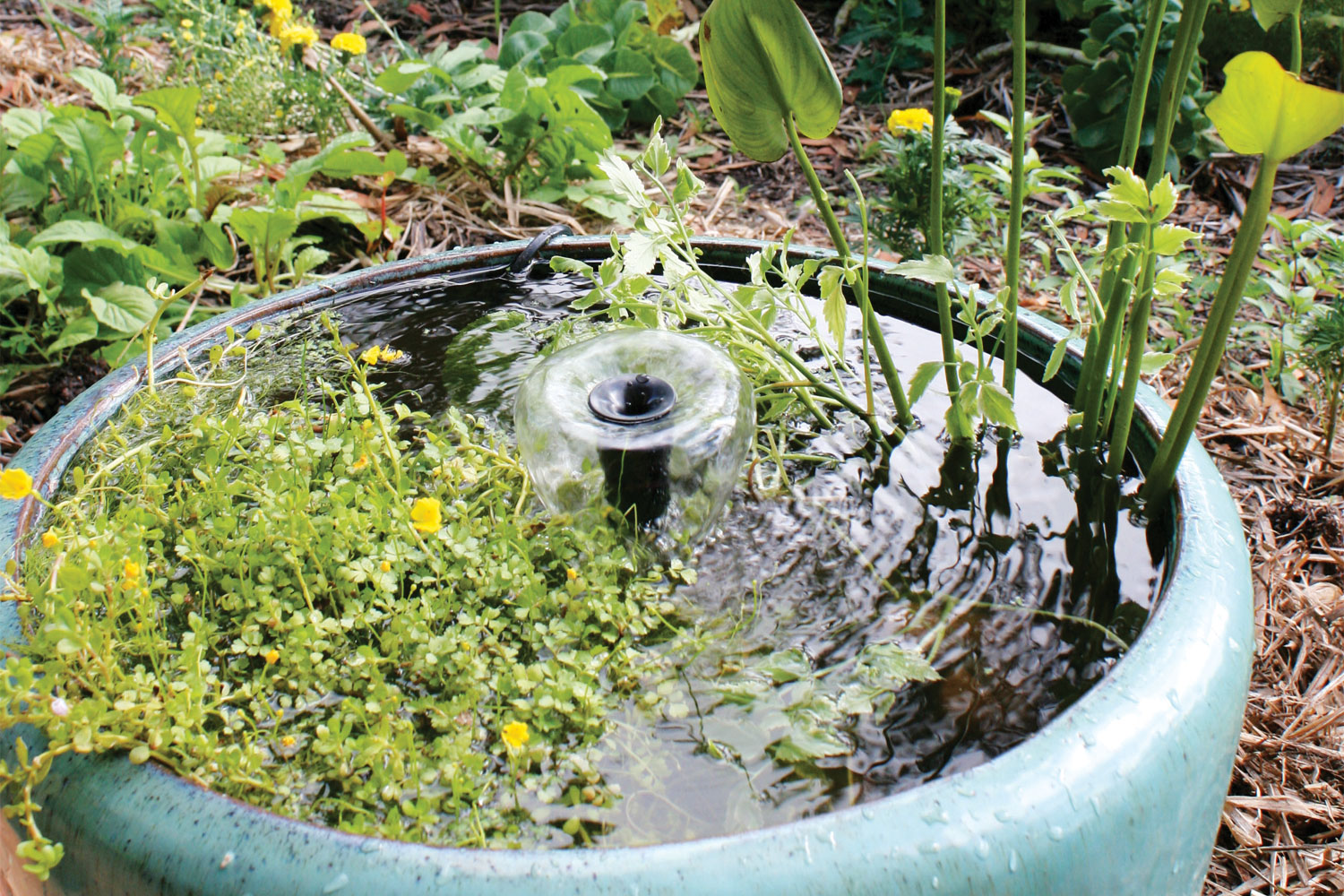Add some flavour to your dishes with curry leaves
Murraya koenigii, better known as the curry leaf tree, grows to around 4–6m tall with a trunk up to 40cm in diameter. Native to India, Sri Lanka and other nearby islands, the plant was later spread throughout the rest of the world by Indian migrants.
The curry leaf tree produces small, white, fragrant flowers with little shiny black berries that are edible but their seeds are poisonous. Fortunately, it’s not so much the berries the plant is grown for but the pinnate (resembling a feather) leaves, which are highly aromatic. They are used in many dishes in India and neighbouring countries. The leaves are generally known as ‘curry leaves’, though they are also called ‘sweet neem leaves’.
Although most commonly used in curries, leaves from the curry tree can add flavour to many other dishes. In Cambodia, for example, the Khmer toast or roast the leaves, then crush them into a soured soup called maju krueng.
As a medicinal plant, the spice is said to have many therapeutic properties and is used in traditional Ayurvedic medicine for improving the digestive system and skin conditions, and as a treatment for diabetes.
EXPERT TIP: Curry leaf tree has the potential to be weedy, with the seeds being spread by birds. The easy solution, however, is to keep the tree in a maintained area and prune out the flowers/seeds annually.
Today, curry leaves are cultivated in India, Sri Lanka, Southeast Asia, Australia and the Pacific Islands. To plant by seed, first the seeds must be fresh and completely ripe. You can plant the berries but it’s best to remove the pulp before planting into seed-raising mix, which will need to be kept moist, but never too wet. Curry leaf tree can also be propagated by stem cuttings: take a 15cm tip pruning and remove the leaves. Dip the end of the stem into some cutting powder or honey, then plant straight into a small pot filled with propagating mix.
The tree prefers warm temperatures with full sun to partial shade. It’s highly ornamental and very successful as a potted specimen tree, but be warned that it’s a relative of the weedy orange-scented jessamine (Murraya paniculata), which is frequently grown as a hedging plant. While the plant can grow tall, you need only a small potted specimen to supply you with an abundance of leaves for your Indian and Southeast Asian dishes.
Written by Diane Crawford
Originally from Backyard Volume 15 Issue 2








